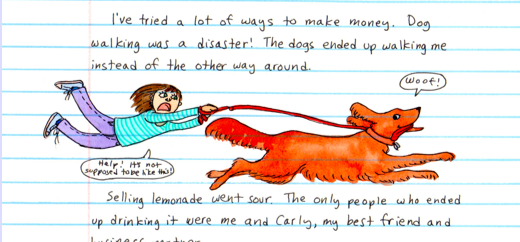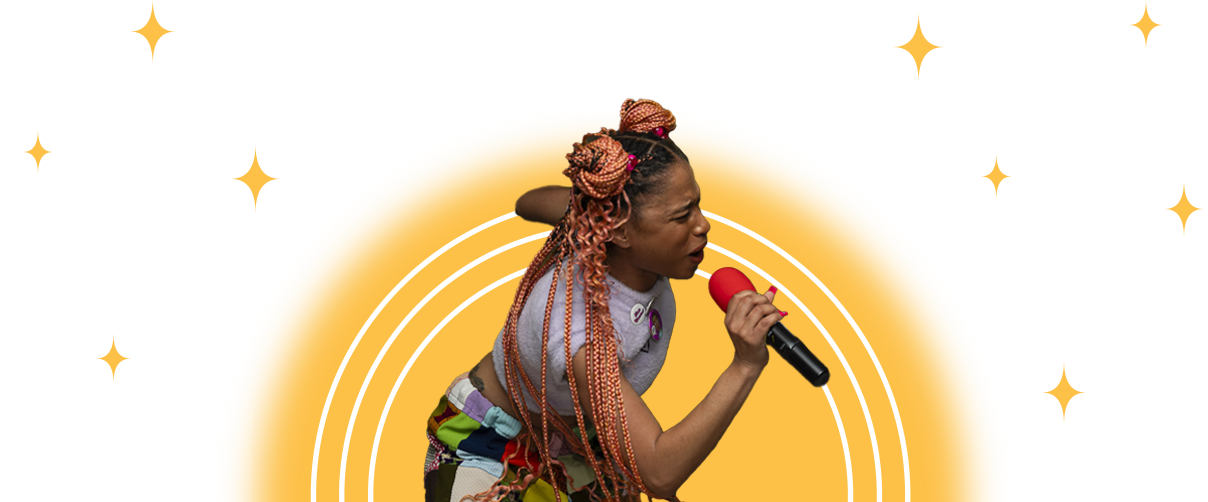
Younger kids typically love to draw and aren't too worried about the outcomes of their artwork -- until they get older. By the time they've learned to read and write, art takes a back burner to academics, primarily because of what most schools prioritize. Over time it becomes harder for kids to think in pictures the way they once did. But what if students were encouraged to think in pictures alongside words?
“There’s something about writing that is a link to your brain,” said Marissa Moss, author of the popular children’s book series Amelia’s Notebook. In the books, Moss takes on the persona of a little girl expressing her ideas about the world and people around her. The books are a combination of words and drawings and look free form – as though Amelia sketched them herself.
Taking a cue from Moss, teachers from Oak Knoll Elementary School in Menlo Park, Calif., decided to have their students keep notebooks in a similar style. The notebooks aren’t graded; rather, they're a place of private, free expression. Karen Clancy and Andrea Boatright presented the project at the Innovative Learning Conference hosted by the Nueva School recently.
“They’re not used to being given permission to write about whatever they want,” Clancy said. But once her students realized that they really weren’t being graded and that they had freedom of expression, they eventually came to demand time to write.
Moss says writing without fear of consequences is key to developing a writer’s voice. “If you're perfect you are guaranteed to not write a thing,” Moss said. “It’s like driving with one foot on the gas and one foot on the break.” She has developed some guides to help teachers coax students into using art and writing in their journals at the same time, as a way of flexing their visual thinking along with literacy.
She thinks it’s important for students to have a space to express themselves without specific writing assignments or limitations. They write and draw what matters in their own lives and in the process develop their voice, humor, and point of view. They get to play with language and break out of cookie cutter forms of writing like the persuasive essay.



